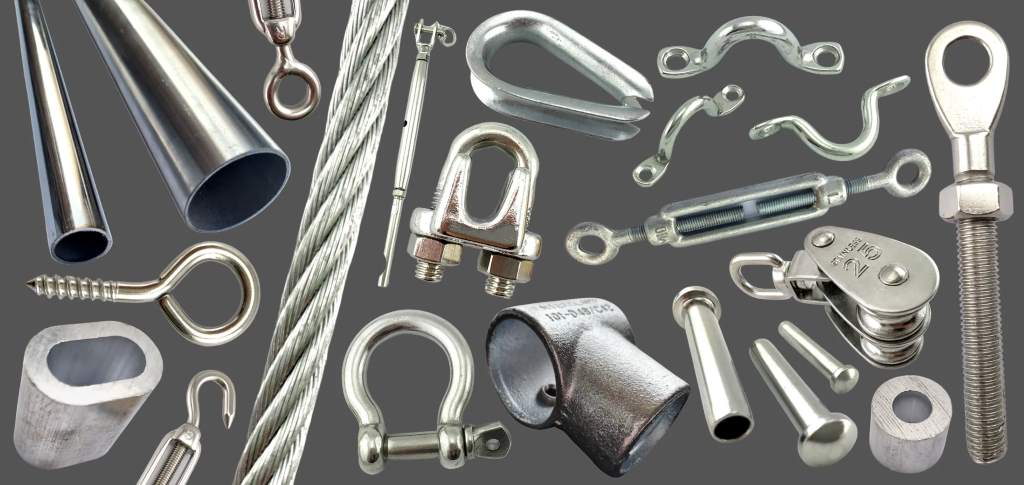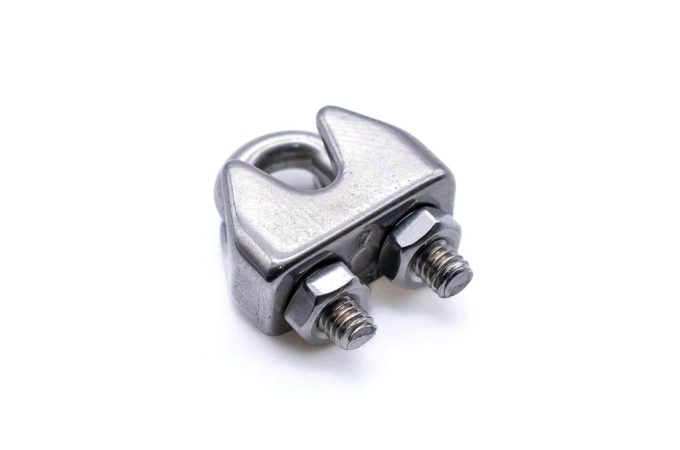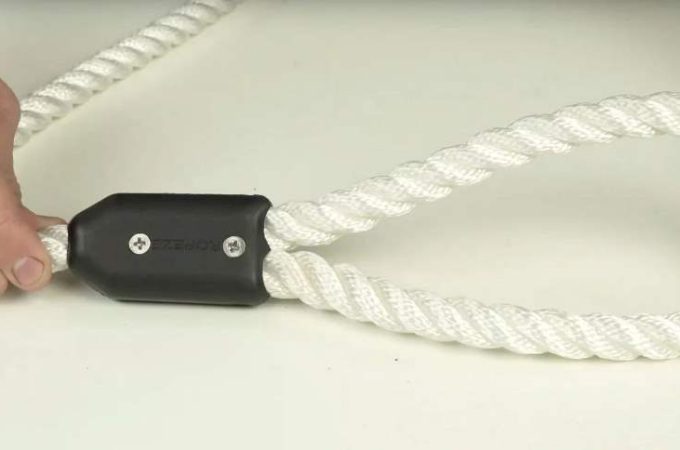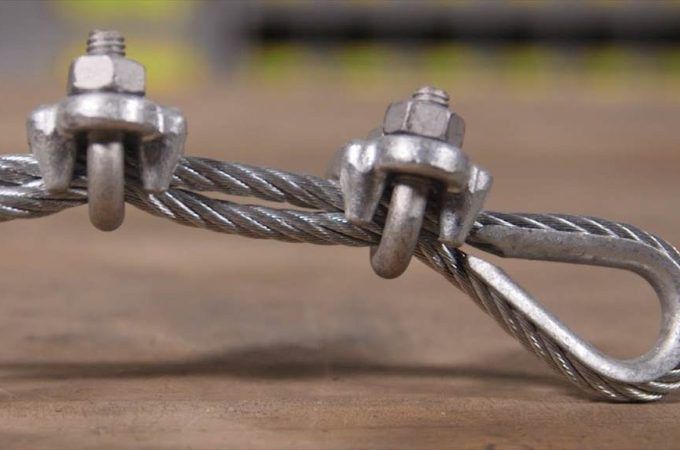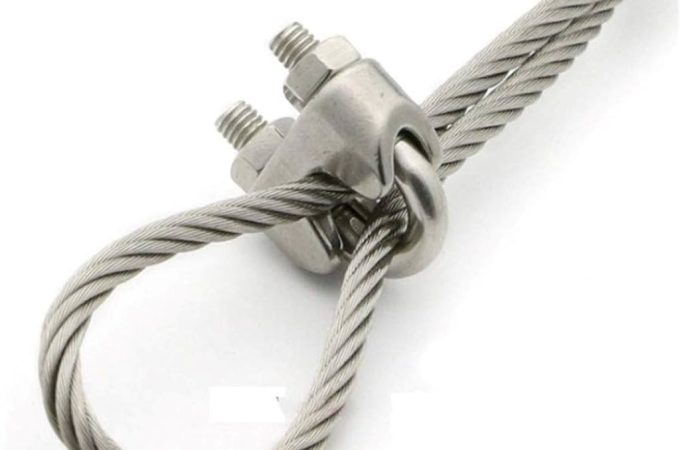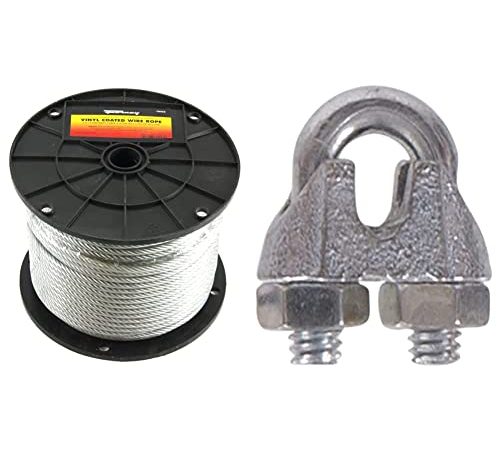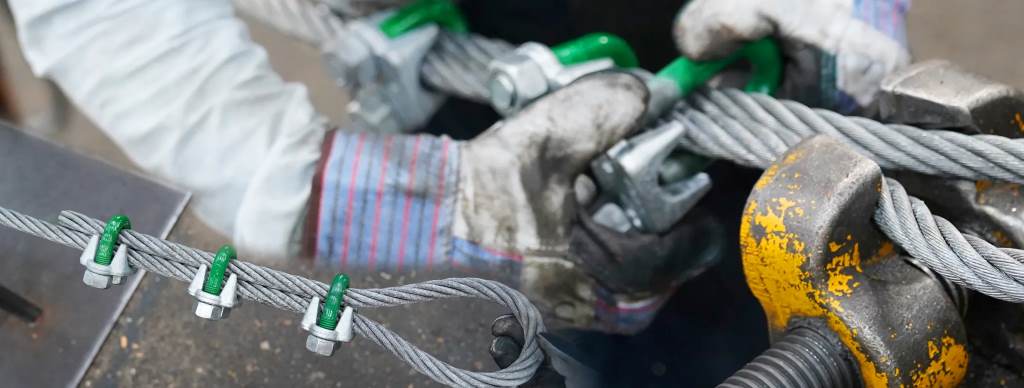
What Is a Rope Clamp and How Do You Use It?
A rope clamp is a handy tool for securing ropes in various tasks, from camping to construction. Whether you’re fastening a tent or lifting heavy loads, knowing what a rope clamp is and how to use it can make your work safer and easier. This guide explains the tool’s purpose, types, and practical applications. With clear steps and tips, you’ll learn to use it effectively. According to a 2023 study by the Outdoor Industry Association, 60% of outdoor enthusiasts use rope clamps for securing gear. Let’s dive into this essential tool and how it boosts safety and efficiency in your projects.
Contents at a Glance
ToggleWhat Is a Rope Clamp?
A rope clamp is a device that grips a rope to hold it in place or connect it to another object. It prevents slipping and ensures a strong hold, making it vital for tasks like climbing, sailing, or rigging. These clamps come in various designs, such as U-bolt, saddle, or cam clamps, each suited for specific ropes and purposes.
They work by applying pressure to the rope, creating friction to lock it securely. For example, U-bolt clamps use a metal U-shape and nuts to tighten around the rope. According to the American National Standards Institute (ANSI), properly installed rope clamps can hold up to 80% of a rope’s tensile strength. Choosing the right clamp depends on the rope’s material and diameter, ensuring safety and reliability in use.
Types of Rope Clamps
Rope clamps vary in design to suit different needs. Understanding their types helps you pick the right one. Common types include U-bolt clamps, wire rope clips, and cam-style clamps. Each has unique features for specific tasks, like heavy lifting or quick adjustments.
U-bolt clamps, also called saddle clamps, are popular for their strength in industrial settings. Wire rope clips are versatile for general use, while cam clamps allow fast, tool-free adjustments, ideal for outdoor activities. A 2022 report by the International Climbing and Mountaineering Federation notes that cam clamps are favored in 70% of climbing setups for their ease of use. Always match the clamp to your rope’s size and material for best results.
How to Choose the Right Rope Clamp
Selecting a rope clamp requires considering your project’s demands. First, check the rope’s diameter and material, as clamps are designed for specific sizes and types, like nylon or steel. Next, consider the load weight and environment, such as wet or corrosive conditions.
For heavy-duty tasks, U-bolt clamps offer robust holding power. For quick setups, cam clamps are more convenient. Always verify the clamp’s load rating, as overloading can cause failure. For instance, a study by the National Safety Council in 2024 found that 25% of rigging accidents stem from mismatched clamps and ropes. Consult manufacturer guidelines and test the clamp before critical use to ensure safety.
How Do You Use a Rope Clamp?
Using a rope clamp correctly is key to safety and performance. Start by selecting a clamp that matches your rope’s size and type. For a U-bolt clamp, slide the rope through the U-shape, place the saddle over it, and tighten the nuts evenly. Ensure the rope is not twisted to avoid weak spots.
For cam clamps, open the cam, insert the rope, and release to lock it. Always check the clamp’s grip before applying load. Regularly inspect for wear, as damaged clamps can fail. I once used a cam clamp to secure a tent during a windy camping trip, and its quick setup saved us from a collapsing shelter. Practice using the clamp in a low-risk setting first. Explore Dynamic Shock Load Absorption Capacity of Progressive Engagement Rope Clamps.
Step-by-Step Guide to Using a U-Bolt Rope Clamp
- Select the right clamp: Match it to your rope’s diameter and material.
- Position the rope: Thread it through the U-bolt without twisting.
- Attach the saddle: Place it over the rope and align with the U-bolt.
- Tighten the nuts: Use a wrench to secure them evenly, checking for firmness.
- Test the hold: Gently pull the rope to ensure it’s secure before full use.
Safety Tips for Using Rope Clamps
Safety is critical when using rope clamps. Always inspect the clamp and rope for damage before use, as wear can weaken the hold. Ensure the clamp is properly sized for the rope to prevent slipping. Never exceed the clamp’s load capacity, as this can lead to failure.
Additionally, avoid using clamps in extreme conditions, like high heat, unless they’re rated for it. For example, I learned the hard way when a cheap clamp slipped during a boat rigging task, nearly causing an accident. A 2023 OSHA report states that 15% of workplace rigging incidents involve improper clamp use. Double-check your setup and follow manufacturer instructions to stay safe.
Common Applications of Rope Clamps
Rope clamps are versatile tools used in many fields. In construction, they secure heavy loads during lifting. In outdoor activities, they anchor tents or climbing ropes. Sailors use them to fasten rigging lines, ensuring safe navigation. Their ability to hold ropes tightly makes them essential.
For instance, in camping, I’ve used cam clamps to quickly secure tarps during sudden rain, keeping our gear dry. In industrial settings, U-bolt clamps are common for heavy-duty tasks like crane operations. According to the Construction Industry Institute, rope clamps are used in 85% of rigging setups for their reliability. Whatever the task, choosing the right clamp ensures efficiency and safety.
Maintenance and Care for Rope Clamps
Proper maintenance extends the life of rope clamps. After each use, clean them to remove dirt or debris, especially in outdoor settings. For metal clamps, check for rust and apply a lubricant if needed. Store them in a dry place to prevent corrosion.
Regularly inspect clamps for cracks or wear, as even small damage can reduce strength. I once noticed a worn U-bolt clamp during a routine check, replacing it before a major project. The American Society of Mechanical Engineers recommends inspecting clamps every six months for heavy use. Proper care ensures your clamps remain reliable for future tasks.
Where to Buy Quality Rope Clamps
Finding reliable rope clamps is easy with trusted suppliers. Hardware stores like Home Depot or online retailers like West Marine offer a range of options. Look for brands like Crosby or Petzl, known for quality. Check product reviews and load ratings before buying.
For specialized needs, industrial suppliers like Grainger provide heavy-duty clamps. I once bought a set of cam clamps from a local outdoor store, and their durability impressed me during multiple camping trips. Compare prices and ensure the clamp meets industry standards, like those set by ANSI, for safety and performance.
Conclusion
A rope clamp is a vital tool for securing ropes in tasks from camping to construction. Knowing what a rope clamp is and how to use it ensures safety and efficiency. By choosing the right type, following proper usage steps, and maintaining it well, you can tackle any project confidently. Whether it’s a U-bolt for heavy loads or a cam clamp for quick setups, this tool is a game-changer. Share your rope clamp experiences in the comments or spread this guide to help others master this tool.
FAQs
What is a rope clamp used for?
A rope clamp secures ropes in tasks like climbing, sailing, or construction, preventing slipping and ensuring safety.
How do I know which rope clamp to choose?
Match the clamp to your rope’s size, material, and load requirements, checking manufacturer guidelines for compatibility.
Can I reuse a rope clamp?
Yes, if it’s undamaged and properly maintained. Inspect for wear or rust before reuse to ensure safety.
Are rope clamps safe for heavy loads?
When sized correctly and used within load limits, rope clamps are safe. Always check ratings and test before use.
Where can I buy reliable rope clamps?
Purchase from trusted retailers like Home Depot, West Marine, or Grainger, ensuring they meet industry standards.

